Preparedness
Shocking Indiana Shootout: Father, Son, and Betraying Kin in Home Invasion
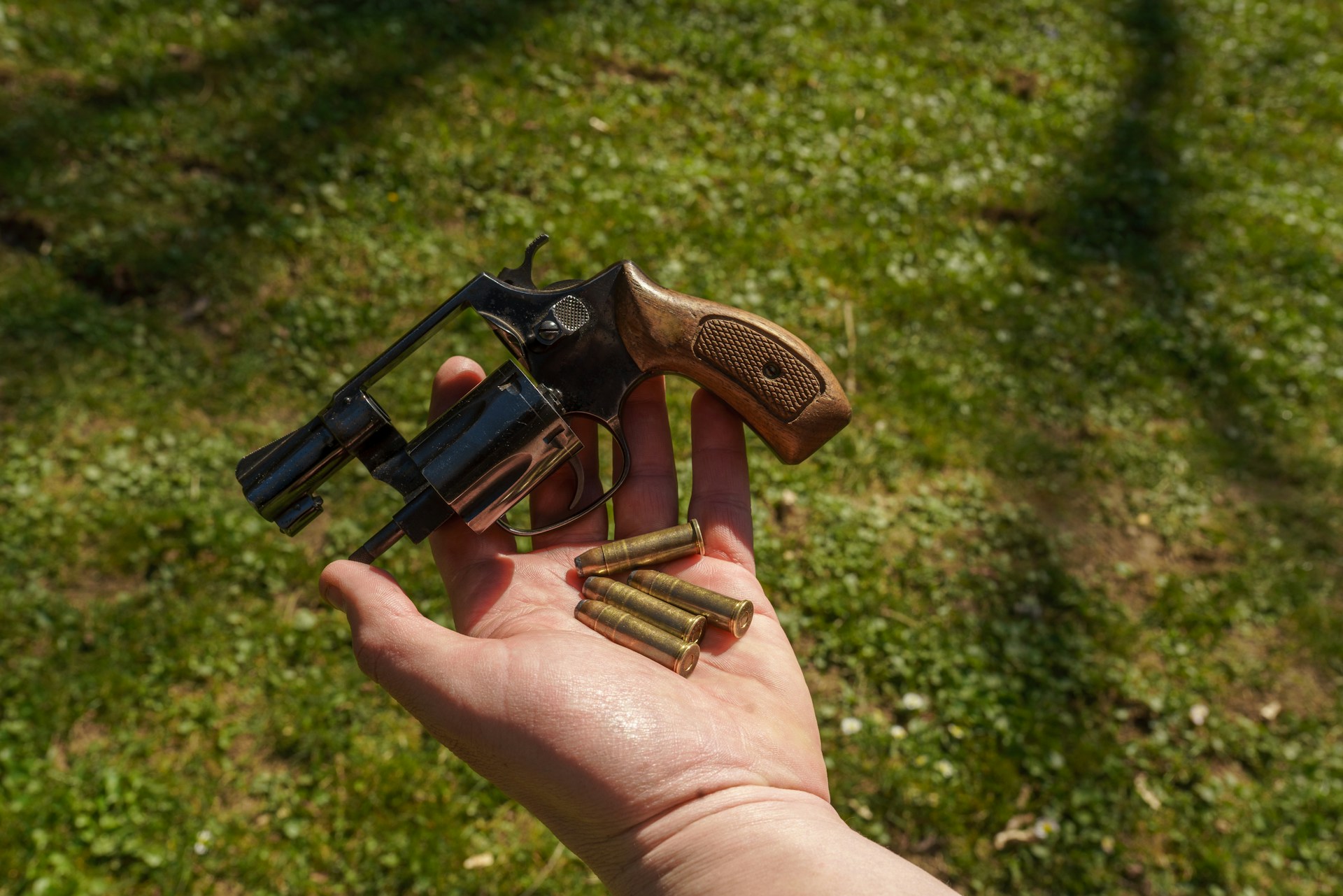
A dramatic confrontation took place in Indianapolis, where a man and his son found themselves defending their home from three armed trespassers, only to discover that one of the invaders was a relative, as shared by local law enforcement.
Darrell Gibbs recounted to WXIN-TV how he was roused from his slumber around 4 a.m. on Sunday by the jarring sound of multiple gunshots emanating from the rear of his southwest Indianapolis residence.
“I was in bed asleep, and then I hear the gunfire,” Gibbs shared. “And my son taps on the door and tells me what’s happening, and I get dressed and come out back.”
Gibbs described a scene of chaos as he emerged, where three armed individuals had tried to force their way in through the back door, leading to a damaged entrance.
The response from the defenders was swift. Gibbs’ son returned fire, causing injury to one of the invaders.
“I see the intruder laying here on the ground, and he wanted me to make a call for him,” Gibbs recounted.
The injured assailant supposedly recognized Gibbs, “You know me, you know me,” he pleaded according to Gibbs.
Gibbs expressed his disbelief at this brazen act, “You don’t come knocking in somebody’s back door,” Furthermore, he detailed how the intruder lost his gun near the fire pit while lying wounded amidst the undergrowth.
The realization dawned on the defenders that the wounded man was no stranger, but a kin.
“It was little Matt, my nephew’s son,” Gibbs revealed.
Identified as Matthew Kinniard II, the 24-year-old was so physically incapacitated that he could no longer feel his legs.
Gibbs called 911 and even connected the injured man with his grandmother over the phone, “If I seen him walking down the street, I couldn’t have told you who he was. That’s how often I been around him.”
The remaining two suspects made their escape, fleeing to a car parked nearby at a local church before making a hasty departure.
“He thought he could hit a lick here, and it didn’t pan out for him.”
When questioned about valuable possessions in his home that could attract thieves, Gibbs dismissed the idea.
“No, I work hard enough just to pay the bills,” he responded. “Somebody has probably told him lies, and he thought he could hit a lick here, and it didn’t pan out for him.”
After the police interviewed Gibbs’ son, they released him, leaving Gibbs to reflect on the unfortunate incident.
”I don’t really wish the worst on anybody, but I have no sympathy for anybody doing that. You don’t do that to family. It shouldn’t even be heard of, you know.”
As per WXIN’s report, Kinniard remains in hospital while police are on the lookout for his accomplices, reviewing neighborhood surveillance footage to aid their search.
Let us know what you think, please share your thoughts in the comments below.

Preparedness
Unlock the Secret to Effortless Raised Garden Beds
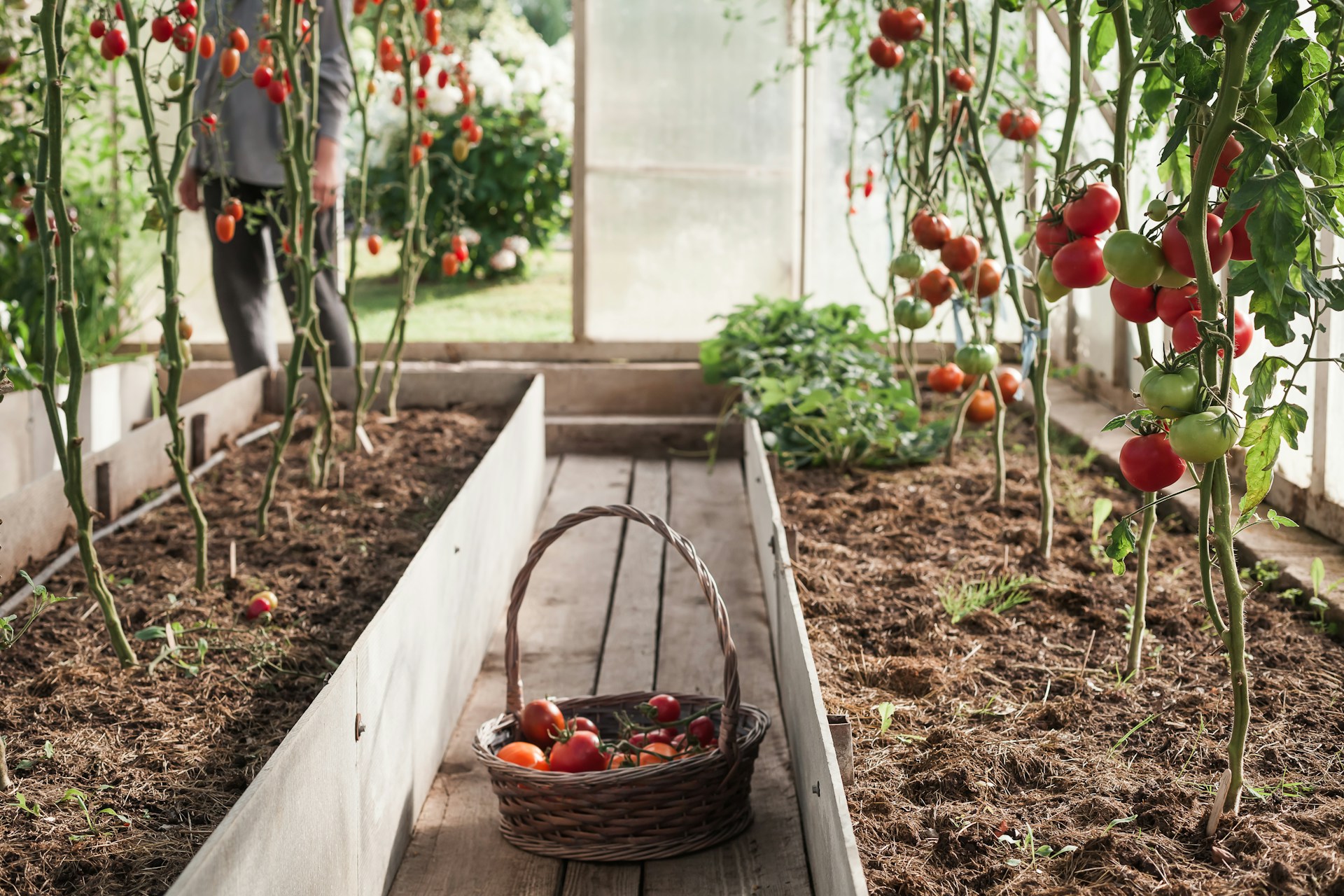
A gardening technique with deep roots in Germany, hugelkultur has been gaining traction thanks to permaculturist Sepp Holzer. This innovative approach to gardening involves creating a mound by piling logs and smaller branches, then covering them with layers of organic materials like leaves, sod, compost, and soil. The result is a raised bed that resembles a small hill.
Variations on this method exist, including an approach where a trench is dug first and filled with the same materials, resulting in a shorter raised bed. Enthusiasts of traditional raised beds have adapted the concept by constructing walls and filling the base with logs and twigs before adding the typical soil mix, a design known as a hugelkultur raised bed.
As the organic matter decomposes, the mound gradually shrinks, requiring a rebuild approximately every five years. This method is particularly favored for raised garden beds, as it helps fill space that would otherwise require a significant amount of soil. “Finding enough dirt to fill a tall raised bed can be difficult, but throwing in the logs, branches and other organic material sure helps take up space.”
Regardless of the style chosen, the layering technique remains consistent. It’s crucial not to overdo the wood layer; a minimum of 6 inches of soil should cover the wood, with 8-10 inches being preferable, especially for root crops. This means the taller the bed, the larger the logs that can be used, but they should never exceed half the bed’s height.
Selecting the right type of wood is important. Avoid allelopathic or rot-resistant woods like cedar and black walnut. Instead, opt for softwoods like pine or hardwoods such as oak and maple. Logs that are already decomposing and spongy are ideal.
Start by packing the wood tightly, using a variety of sizes with the largest pieces at the bottom. Once in place, water the wood thoroughly to allow it to absorb moisture, which it will release gradually. This step can be skipped if the wood is pre-soaked before placement. Keep in mind, new plants won’t have deep roots initially, so irrigation is necessary, ideally with a drip system on a timer set to water before dawn.
The decomposition within the mound increases soil temperature, extending the growing season. “This means that not only can you start seeds earlier, but you’ll likely be able to keep harvesting food for a good few weeks later than the average gardener.” If planting early or harvesting late, protect seedlings from frost with cloches, burlap, or similar materials.
For those looking to further extend the growing season, incorporating hoop houses with raised beds is an option worth exploring, though that’s a topic for another time.
Let us know what you think, please share your thoughts in the comments below.
Preparedness
Your First Flock Awaits Essential Tips for Raising Chicks
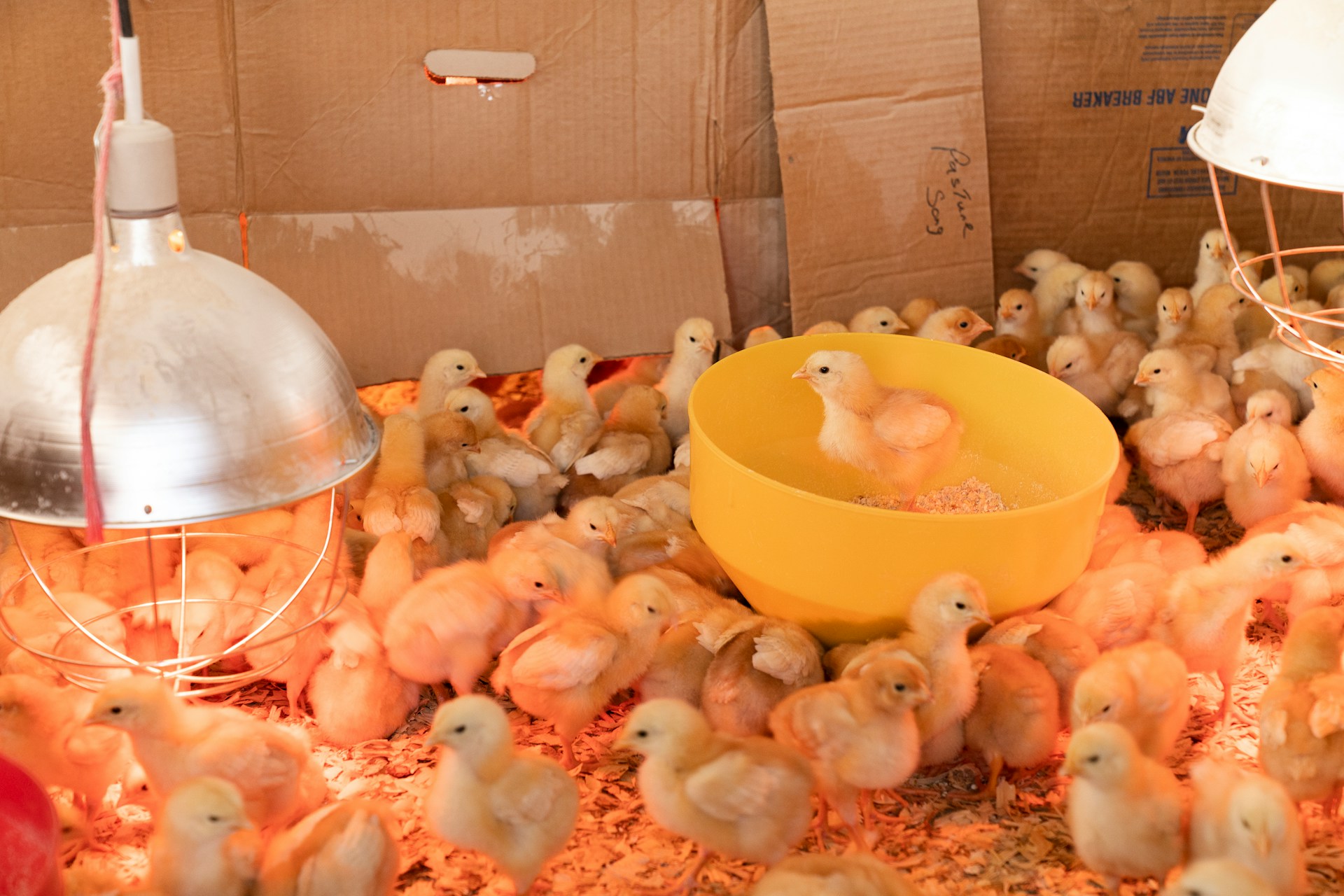
Embarking on the journey of raising chickens can be an exciting and rewarding endeavor. Whether you’re interested in the fresh eggs or simply enjoy the company of these feathered friends, getting started with chicks is a popular choice for many beginners.
There are several methods to introduce egg layers into your life. You could opt for an incubator and fertile eggs to hatch your chicks, or you might consider buying chicks through the mail, from your local feed store, farmers market, or a local breeder. Alternatively, purchasing pullets—hens on the verge of laying—or adult hens already laying is another option. Be cautious, though, as some people sell their two-year-old hens because their egg production has slowed.
Purchasing newly hatched chicks is a common approach for beginners. While feed stores or hatcheries typically sell sexed chicks, meaning you should mostly get hens, there’s always a chance a rooster or two might sneak into the mix. “Straight-run” chicks, on the other hand, have not been sexed, so expect about a 50% chance of them being roosters.
Preparation is key before bringing your chicks home. They grow rapidly and have specific needs that must be met to ensure their health. A brooder box is essential, but you’ll also need a coop ready within weeks, as chicks quickly outgrow their initial space. If you’re considering the deep litter method, as demonstrated by Carolina Coops, the same area can serve as a brooder box, helping the chicks become familiar with their future hen house. Just remember to block off nest boxes to prevent them from roosting there.
Before your chicks arrive, make sure you have the following essentials on hand:
– **Brooder**: A large cardboard box with sides at least 18 inches tall can work well. Plastic tubs are another option, but be cautious with heat lamps, as they can melt plastic and cause fires. Ensure there’s enough space—one square foot per chick initially, expanding to two square feet as they grow.
– **Location**: Place your brooder in a draft-free area with access to electricity for a heat lamp. A room with natural daylight aids in regulating their sleep/wake cycles.
– **Heat**: While heat lamps are affordable, they pose fire risks. Radiant heat plates, though pricier, are safer and more energy-efficient, mimicking a mother hen. Their adjustable height accommodates growing chicks.
– **Bedding**: Avoid newspapers, as they’re not absorbent and can cause “spraddle leg.” Use puppy training pads for the first week, then switch to pine shavings for a clean, dry surface.
– **Food and Water**: A chick fountain is ideal for providing water, preventing spills that make the brooder unsanitary. For food, a chick feeder should accommodate most chicks simultaneously. Initially, scatter feed on the floor to help them learn to find it.
It’s crucial to be aware of the health risks associated with live poultry. “Live poultry may have Salmonella germs in their droppings and on their bodies,” which can spread to various surfaces and people. To mitigate this risk, wash your hands thoroughly after handling poultry or anything in their environment, and supervise young children around chicks.
Remember, chickens grow quickly, so be prepared to introduce elements like roosts to their space. Chicks enjoy perching, so provide roosting poles or bricks to keep them from roosting on feeders or waterers. As they feather, allow them short outdoor excursions in a wire pen to exercise and explore.
As you interact with your chicks, use slow, gentle movements to avoid startling them. Chickens are creatures of habit, so establish good practices early to prevent unwanted behaviors.
Around ten weeks, transition their feed from “Starter” to “Grower,” and at eighteen weeks, switch to “Layer” feed. This ensures they receive appropriate nutrition at each stage. Most young hens begin laying eggs around six months of age, though this can vary by breed and season. Watch for signs like a vividly colored comb, indicating fertility and readiness to lay.
The initial eggs may be small or yolkless, known as “wind eggs,” as the hen’s reproductive system adjusts. Embrace this learning curve as part of your rewarding journey with chickens.
Let us know what you think, please share your thoughts in the comments below.
Preparedness
Discover the Ultimate Livestock Protector for Your Homestead
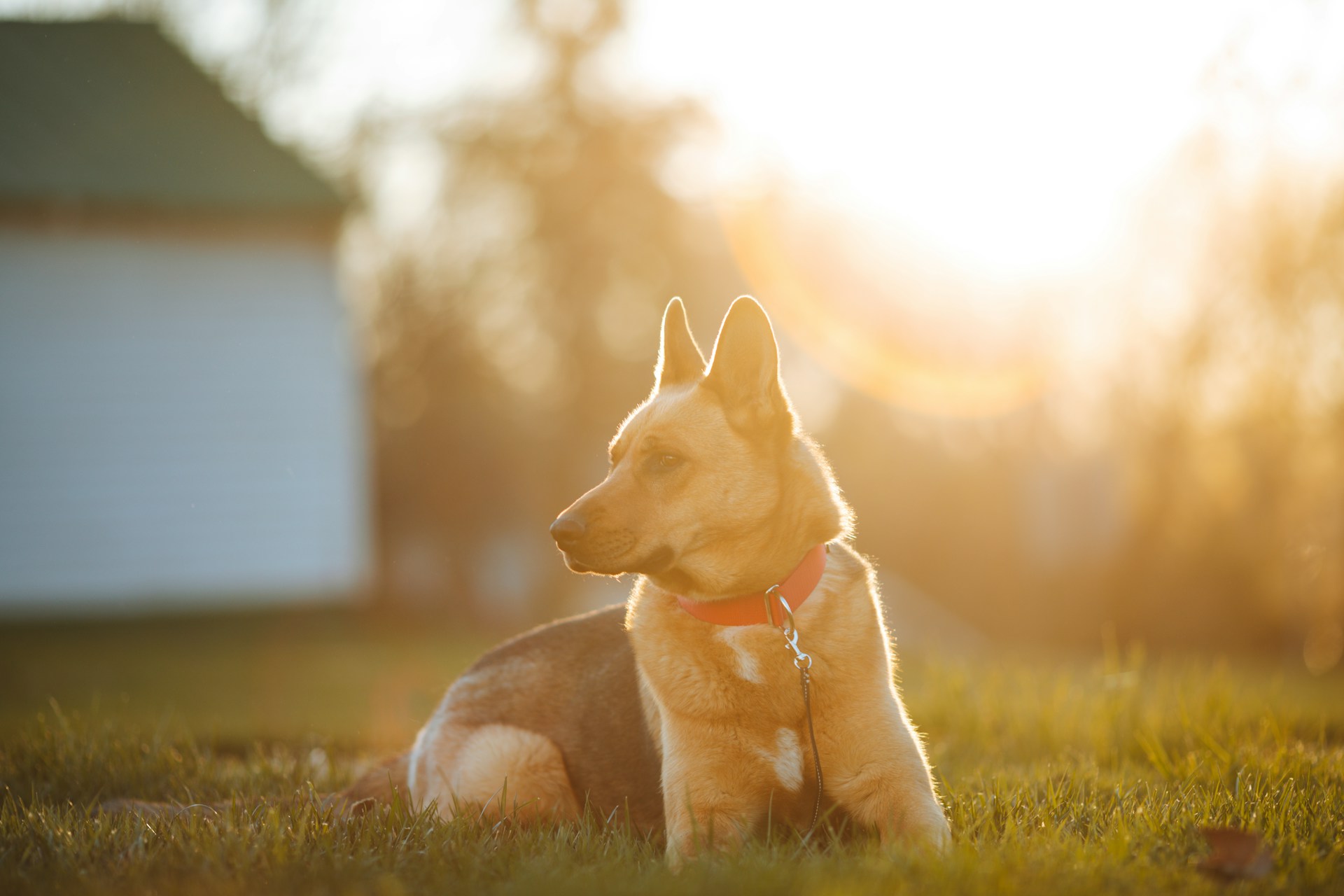
When it comes to safeguarding livestock from predators, traditional methods have evolved to meet the needs of modern homesteads and farms. Livestock guardian animals are now a crucial part of this strategy, offering protection not just for large flocks on open rangeland, but also for smaller farms and dairies. These guardians are effective even when animals are housed in well-fenced areas and locked in barns at night.
Selecting the right guardian animal requires careful consideration of several factors. Terrain, predator pressure, pasture size, proximity to neighbors, budget, and personal preferences all play a role in making the best choice. It’s essential to ensure that these animals are bonded to the livestock they will protect, a process that begins in the early weeks of life. For dogs, this bonding should occur before they reach 16 weeks of age.
Expecting to acquire a good guardian animal for free is unrealistic. “Do not expect to get a good dog (or donkey or llama) for free; the animals that you want have been raised on a farm with sheep (or goats, if that is what you raise).” These animals should be vaccinated, and such care involves costs. An unbonded animal might avoid or even harm the livestock instead of protecting them.
The number of guardian animals is also crucial. Using too many can be counterproductive and expensive. For instance, while a single bonded donkey will stay with the sheep or goats, three might choose to associate with each other instead. Dogs, on the other hand, tend to work better in pairs.
Combining different species of guardians can be advantageous. Llamas or donkeys can complement guardian dogs, providing a backup in case the dogs roam. “Llamas and donkeys live a long time, eat what the sheep or goats eat, and stay in the pasture where you put them.” Dogs, though more mobile and requiring special food, can be more vulnerable if they wander.
When choosing a livestock guardian dog, it’s essential to select a breed that is “all guardian.” A mix like a Great Pyrenees/Anatolian Shepherd cross may be ideal, whereas a Great Pyrenees/St. Bernard cross might not possess the right instincts. Personal preference should also guide your choice; if you dislike horses, a donkey might not be suitable.
Livestock guardian dogs (LGDs) are large, typically over 100 pounds, and while they may be friendly with their human owners, they are often unfriendly with other dogs. These dogs are true work animals, evolved to live outdoors year-round and possess a unique set of traits that make them effective guardians. They must live with the livestock to bond and protect them effectively, usually taking 12 to 24 months to become fully effective.
LGDs intimidate predators through barking and aggressive behavior, sometimes attacking if the threat persists. They may stay with the livestock or patrol the perimeter, often working in pairs or conjunction with other guardian animals. However, their tendency to bark can be problematic if neighbors are nearby.
Llamas are another option, known for their ability to bond with and protect the flock. They approach canines that come near, often causing predators to leave. Llamas can guard for 15 to 20 years without needing special feeding, and their calm disposition makes them a good fit for livestock that fear dogs.
However, not all llamas are suitable guardians. Some might ignore or run from dogs, making them vulnerable. Immature llamas lack the confidence needed for guarding, and males can be too aggressive. Females are generally the best choice.
Donkeys present a cost-effective alternative, eating the same food as sheep or goats and providing long-term protection. They must bond with the livestock from a young age and be carefully introduced to new additions to the herd. Donkeys are territorial and aggressive toward canines, capable of deterring predators through braying and physical defense.
A jenny with a foal is often the best guardian, as they are particularly wary of threats. However, not all donkeys are suitable, with some being overly aggressive. Jacks, or male donkeys, are generally not recommended.
Zebras, while less common, can also serve as livestock guardians. They are more fierce and faster than donkeys, with excellent eyesight and hearing. However, they are expensive, starting at $4,000, and require training from a young age. Zebras are best suited for those with previous experience in horse or donkey training.
In conclusion, selecting the right livestock guardian animal involves weighing various factors and understanding the unique characteristics of each species. Whether opting for dogs, llamas, donkeys, or even zebras, the key is to ensure they are well-bonded and suited to the specific needs of your farm or homestead.
Let us know what you think, please share your thoughts in the comments below.
-

 Tactical1 year ago
Tactical1 year ago70-Year-Old Fends Off Intruder with Lead-Powered Message
-

 Tactical1 year ago
Tactical1 year agoVape Shop Employee Confronts Armed Crooks, Sends Them Running
-

 Preparedness10 months ago
Preparedness10 months agoEx-Ballerina’s Guilty Verdict Sends Tremors Through Gun-Owner Community
-

 Preparedness8 months ago
Preparedness8 months agoGood Samaritan Saves Trooper in Harrowing Interstate Confrontation
-
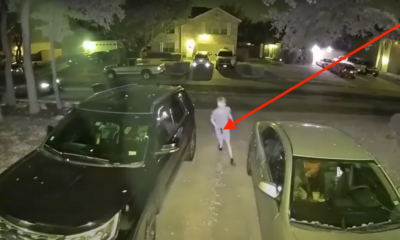
 Tactical1 year ago
Tactical1 year agoMidnight SUV Theft Interrupted by Armed Homeowner’s Retaliation
-

 Survival Stories2 years ago
Survival Stories2 years agoEmily’s 30-Day Experience of Being Stranded on a Desert Island
-

 Preparedness9 months ago
Preparedness9 months agoArizona Engineer’s Headless Body Found in Desert: Friend Charged
-

 Preparedness9 months ago
Preparedness9 months agoBoy Saves Dad from Bear Attack with One Perfect Shot
Jackie Chacon
July 9, 2024 at 1:41 pm
It is the right of every American that is of legal citizens to own a gun if they choose to. I have no problem with that guns are a weapon they only kill if the person pulls the trigger and that is their choice let it be for the right reason of protection.